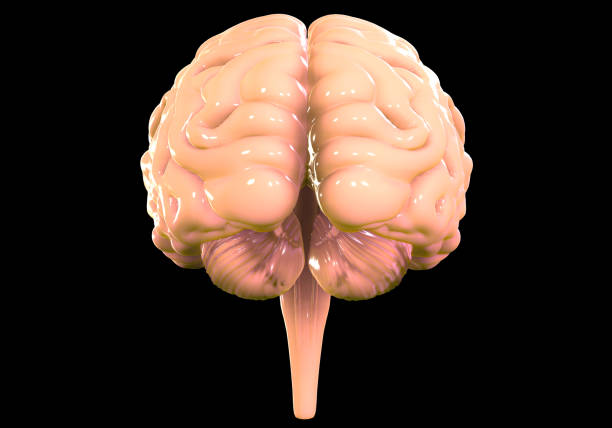How to do Essay Writing?
Essay writing is hard. Everyone’s been there, and if you haven’t yet, you will be soon. It’s never fun to write one because you have to for a class, assignment, or personal interest. But how do you go about this? We have broken it down into four steps that should make the process a little easier.
An Overview of an Essay Writing
Essay writing is a little bit like baking a cake—as with cake, you have to follow a recipe (or at least guidelines) and make sure you have all the necessary ingredients. I’m going to walk you through each step of the process and give you seven tips for making your essay look as delicious on paper as it does in your mind.
If you’re trying to write a personal statement for grad school or medical school, or if you’re writing a cover letter for any job application, these tips also apply. If you’re writing a resume or a grant proposal, this information can help you save time by avoiding some extra steps that don’t really apply to those formats.
Essays are a part of life. There’s essay writing for every subject, from science to literature. Many people struggle to get through their essays, but when you have the right tools and strategies it’s easy to succeed. It all starts with brainstorming ideas. Brainstorming allows you to make a list of all the facts you will use in your essay writing. This is important because you might not have time to write everything down, or you might forget some good facts if you don’t write them down.
Some people think that writing should come naturally, but that isn’t true. Many famous authors spend hours writing and editing their works. When you spend time editing your work, you can look at it from different angles and find errors that would otherwise be overlooked!
Steps to Write an Essay:
- The first step to writing an essay is coming up with a topic.
- A good essay writing topic should be broad enough that it has room to develop, but narrow enough that you can fit a thesis into the introduction and the conclusion.
- After brainstorming some ideas, choose one that really intrigues you.
- Then you need to do some research on the topic—including reading up on any books or articles on it that you can find.
- With your background knowledge, start forming your thoughts into a thesis statement.
- A thesis statement is perhaps the most important part of any essay writing, so take your time here! Think about what your opinion is on the subject and how you would explain it in around five or six sentences.
- It’s also essential to consider how you will prove this opinion (using evidence from your research) and how much support for your argument you will need to give afterward.
- This is where most students get stuck because they don’t know how to decide how many paragraphs are necessary for their essay writing.
- The answer depends on what kind of essay writing it is: a personal response requires only one paragraph, while a persuasive essay writing needs at least two and could go as high as five.
Structure of an Essay writing
If you are wondering how to write an essay, the first thing you need to know is that your essay writing should be structured according to certain guidelines. This ensures that your essay is coherent and well-written. The second thing you should know is that there are a few different formats for essays, and each format has its own set of rules that you should follow in order to present your information or argument clearly and effectively.
Directions:
- Paragraph 1: Introduction. Explain what this essay writing will be about (the topic). This paragraph must be no more than three sentences long.
- Paragraph 2: Body paragraphs (give two or three compelling reasons why the reader should care). This paragraph should contain between 3 and 5 sentences depending on how complex/diverse the information is.
- Paragraph 3: Conclusion (conclude with a strong statement). This paragraph should contain only one sentence.
- Overall structure: Introduction -> Paragraph 1 -> Paragraph 2 -> Paragraph 3 -> Conclusion.
An Overall Format of an Essay writing Presentation:
Writing an essay is often a difficult task. It can be hard to get started and even harder to know where to start. Argumentative essays are very common, but the process of writing one is often not so common. There are many ways in which you can approach argumentative essay writing. You can make an argument for your position or simply against someone else’s.
Here’s the format that most professors expect when they accept an essay assignment.
Introduction (1 paragraph)
The first paragraph of your essay acts as an introduction to your topic. It should make clear what you’re going to be talking about, and it should preview the main points you’ll be making. Make sure this paragraph is compelling enough to make a reader want to keep reading!
Body (3 paragraphs)
The body of the essay is where you present your material. It’s necessary that each paragraph be its own complete thought. You may want to use headings in this section, but try not to put too much emphasis on them—they can come off as distracting from the content in some cases.
Conclusion (1 paragraph)
Your conclusion wraps up your main points and acknowledges the reader again. Ideally, you’ll also try to leave some kind of thought-provoking anecdotes, or either excite the readers or end up with a fine point.
The main purpose of writing an essay is to prove that you have understood the material. This is why it is important to structure your essay in such a way that it shows exactly how much you have understood and how much more you still need to work on. You should also ensure that your essay is well-organized and concisely structured so that it reads easily and flows well when read by someone else.












